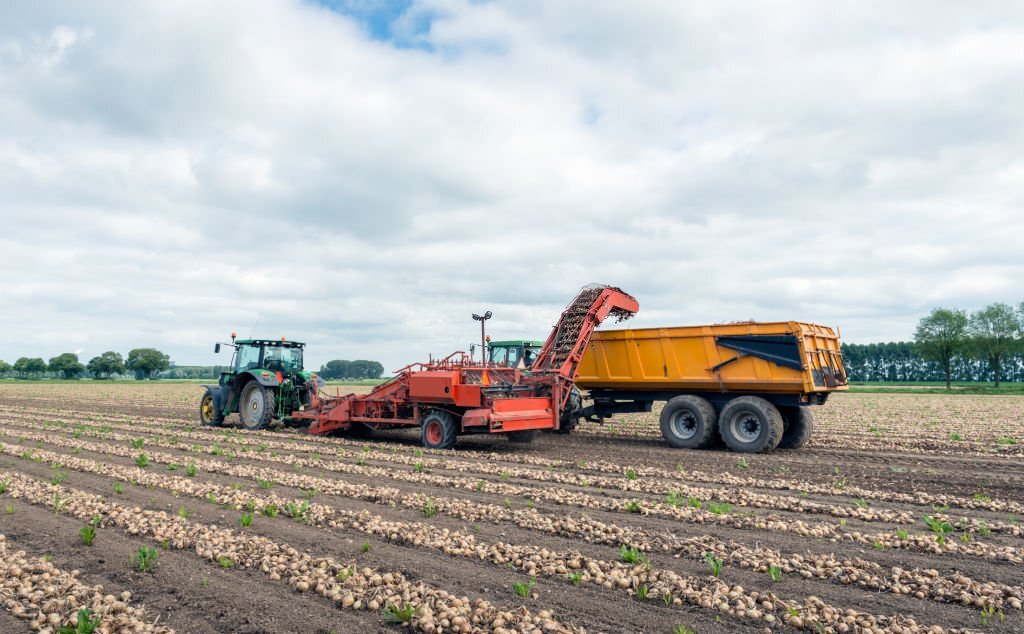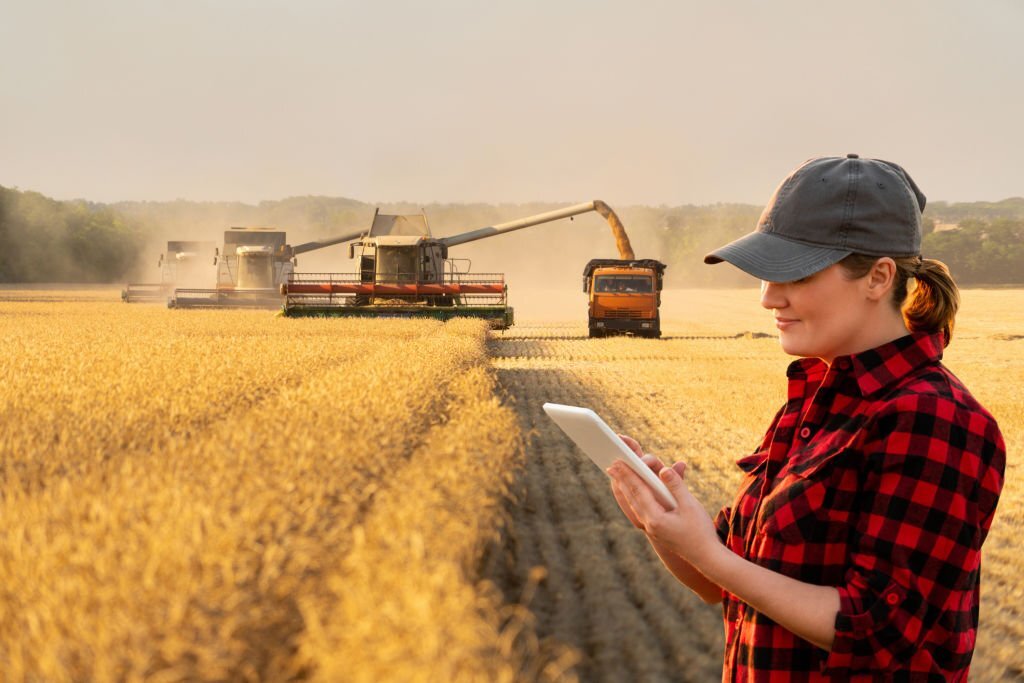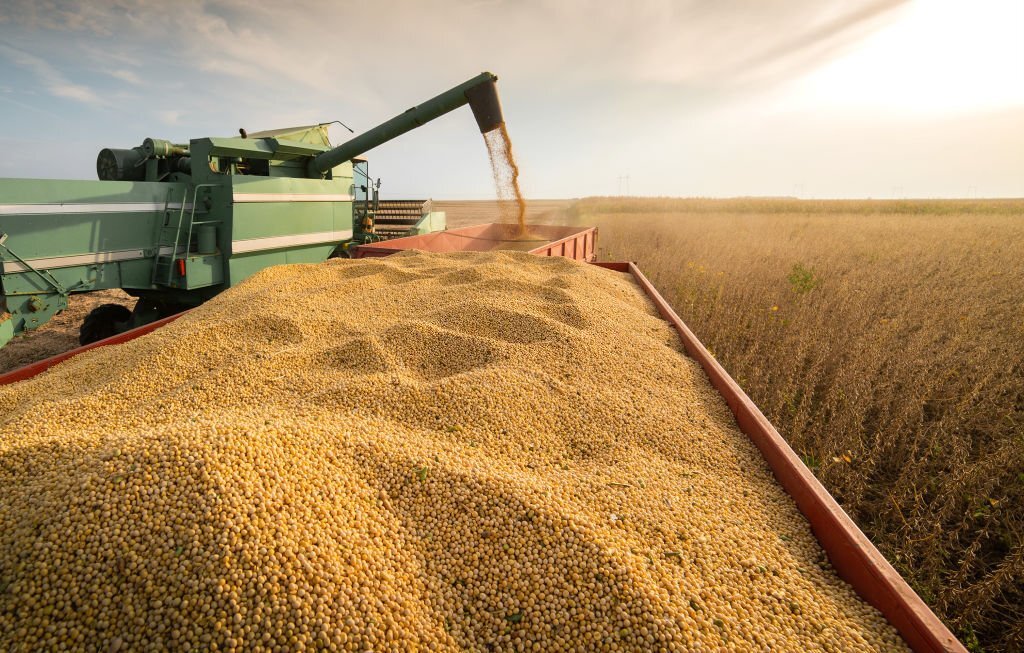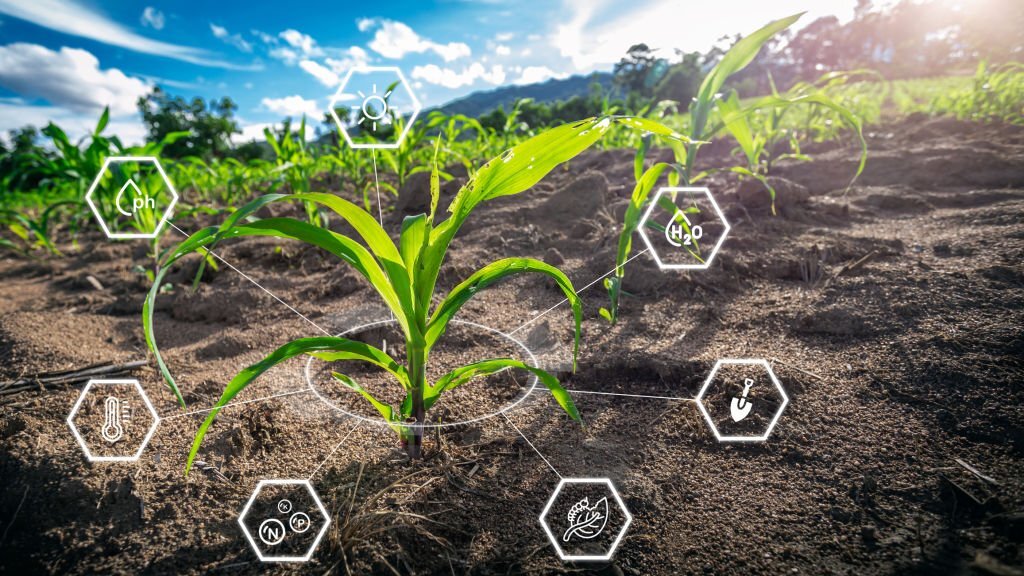

Introduction
The world of agriculture has witnessed a transformative shift with the introduction of modern harvesters. These specialized machines have revolutionized crop harvesting, offering a plethora of advantages over traditional manual harvesting methods. In this article, we will delve into the significant benefits that harvesters bring to the field, emphasizing automation, efficiency, and precision as key drivers of their success.
1. Increased Efficiency:

- Speed of Operation: Harvesters are significantly faster than manual labor. They can cover large areas in a fraction of the time it would take a team of manual laborers. This speed is especially crucial for crops with short harvesting windows.
- Continuous Harvesting: Modern harvesters can operate continuously, allowing for uninterrupted harvesting even during extended work hours or unfavorable weather conditions.
2. Labor Savings:

- Automation: Harvesters are equipped with automation features that reduce the need for manual labor. This not only saves on labor costs but also minimizes the reliance on a seasonal workforce, which can be challenging to manage.
- Consistency: Automated harvesting ensures consistent quality, as machines don’t tire or vary in performance due to fatigue.
3. Precision and Quality:

- Optimal Timing: Harvesters are equipped with sensors that monitor crop ripeness. This ensures that crops are harvested at their peak, maximizing yield and quality.
- Minimized Damage: Modern harvesters are designed to minimize damage to crops during the harvesting process, resulting in higher-quality produce.
4. Reduced Waste:

- Less Crop Loss: Harvesters are designed to minimize crop loss, which is a common issue in manual harvesting. They collect more of the crop, reducing waste and increasing overall yield.
- Efficient Crop Handling: Harvesters are equipped with mechanisms that gently handle crops, reducing bruising and spoilage.
5. Data-Driven Decisions:

- Real-time Monitoring: Many modern harvesters collect data in real-time, providing valuable insights into crop yield, moisture levels, and other critical metrics. This data enables farmers to make informed decisions about crop management.
- Precision Farming: Data collected by harvesters can be integrated into precision farming practices, allowing farmers to optimize resource use and tailor cultivation strategies to specific areas within a field.
The price range for harvesters can vary widely based on several factors, including the type of harvester (e.g., combine harvester, forage harvester, cotton picker), its size, brand, age, condition (new or used), and any additional features or attachments. Here’s a general estimated price range for different types of harvesters:
- Combine Harvesters:
- New combine harvesters: $200,000 to $500,000 or more, depending on size and features. Larger and more advanced models can exceed $1 million.
- Used combine harvesters: Prices can vary widely, with older and smaller models available for as low as $50,000 to $100,000, while well-maintained, late-model used combines can still command significant prices.
- Forage Harvesters:
- New forage harvesters: $100,000 to $300,000 or more, depending on size and features.
- Used forage harvesters: Prices can range from $30,000 to $150,000, depending on age and condition.
- Cotton Pickers:
- New cotton pickers: $200,000 to $500,000 or more, depending on size and features.
- Used cotton pickers: Prices vary widely but may start at around $50,000 for older models.
- Other Specialty Harvesters:
- Harvesters for specific crops (e.g., potato harvesters, sugarcane harvesters) can have varying price ranges depending on their specialization. Prices can range from tens of thousands to hundreds of thousands of dollars.
It’s essential to note that these are approximate price ranges, and actual harvester prices can vary significantly based on factors such as the brand, model, location, and current market conditions. Additionally, prices for new harvesters can be influenced by the level of automation and advanced technology integrated into the machine.
When purchasing a harvester, it’s crucial to consider your specific needs, budget, and intended applications. Consulting with local dealers or sellers is advisable to get accurate pricing information for the specific type and model of harvester you are interested in. Additionally, financing options and leasing arrangements may be available to help make the purchase more affordable for farmers and agricultural businesses.
You can also visit the Boom and Bucket website (boomandbucket.com/equipment) to find the best heavy equipment fit for your business or construction needs. Our online platform offers a wide selection of machinery, detailed specifications, and expert guidance to help you make informed decisions that align with your specific requirements. Explore our website today and discover the perfect heavy equipment solutions for your projects.
Conclusion
Modern harvesters have elevated crop harvesting to new heights, offering a multitude of advantages over manual harvesting methods. Their efficiency, automation, precision, and waste reduction capabilities have not only increased productivity in agriculture but have also contributed to improved crop quality and resource optimization.
As technology continues to advance, the advantages of using harvesters will only become more pronounced. They are not merely machines; they are transformative tools that enable farmers to meet the ever-growing demand for food while maximizing resource utilization and minimizing waste in the agricultural industry. Harvesters have redefined the way we harvest crops, setting new standards for efficiency and productivity in farming.

